Take part in the data source knowledge!
The data management journey starts with understanding the data source(s). This will help you map both your systems and your data flows.
The data dictionary is an essential part of getting to know and understand your technical assets, including data modelling and architecture.
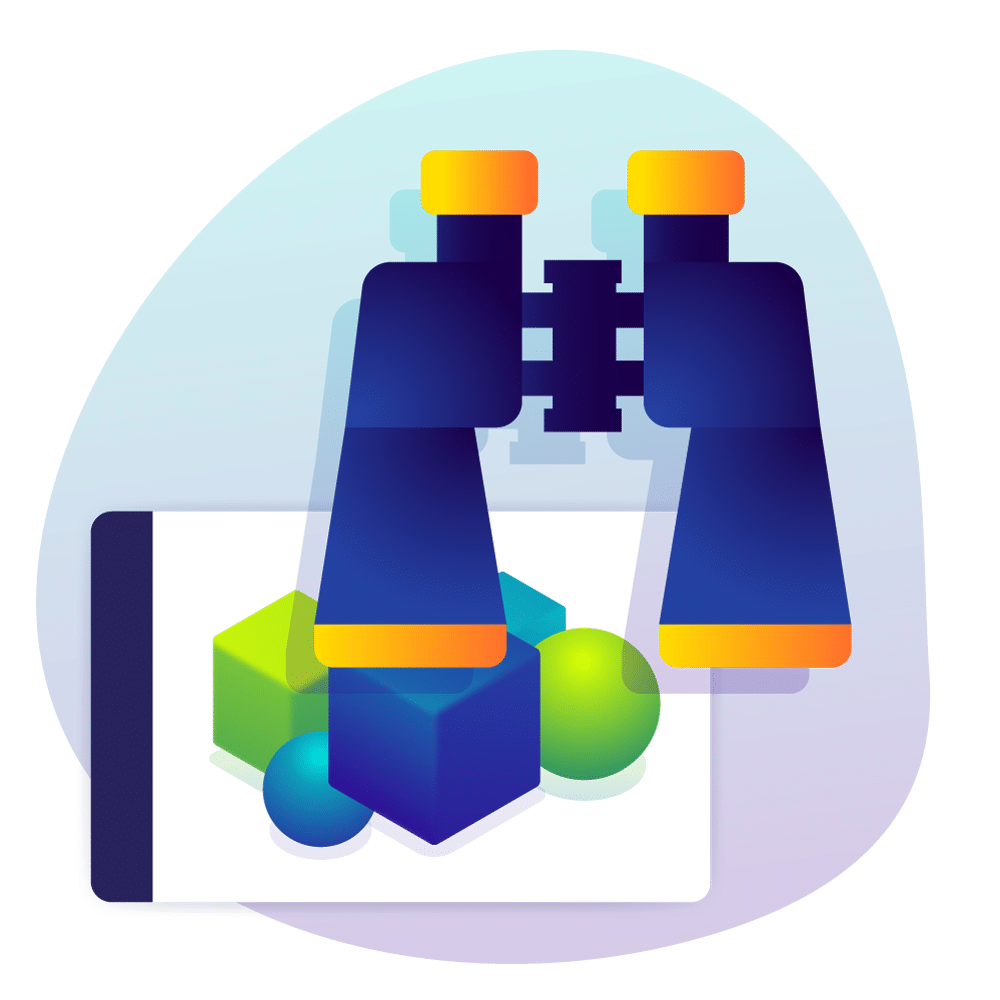

Team
3 to 5 persons

Duration
1 to 3 months

Difficulty
Moderate
Request
I need to map my data assets so that each data user has the required information (location, typology…) for optimal comprehension and visualisation of the data use.
Features
- List the company’s data source
- Enrich technical object knowledge with customs attributes
- Documents your data model
- Visualise and explore data flows and links
Scan all your data sources
————————
The comprehensiveness of your technical mapping is the cornerstone of your data dictionary.
Our connectors can scan all your data assets (data sources, data flows and reporting included) to extract and import their metadata into our DataCatalog 360°.
Don’t feel like tagging all your data? Leverage our algorithm to classify them, take advantage of the crowdsourcing features to benefit from others knowledge! .
Leave us the tiresome operations like listing the data, focus on high added value operations such as describing the data and understanding their context!
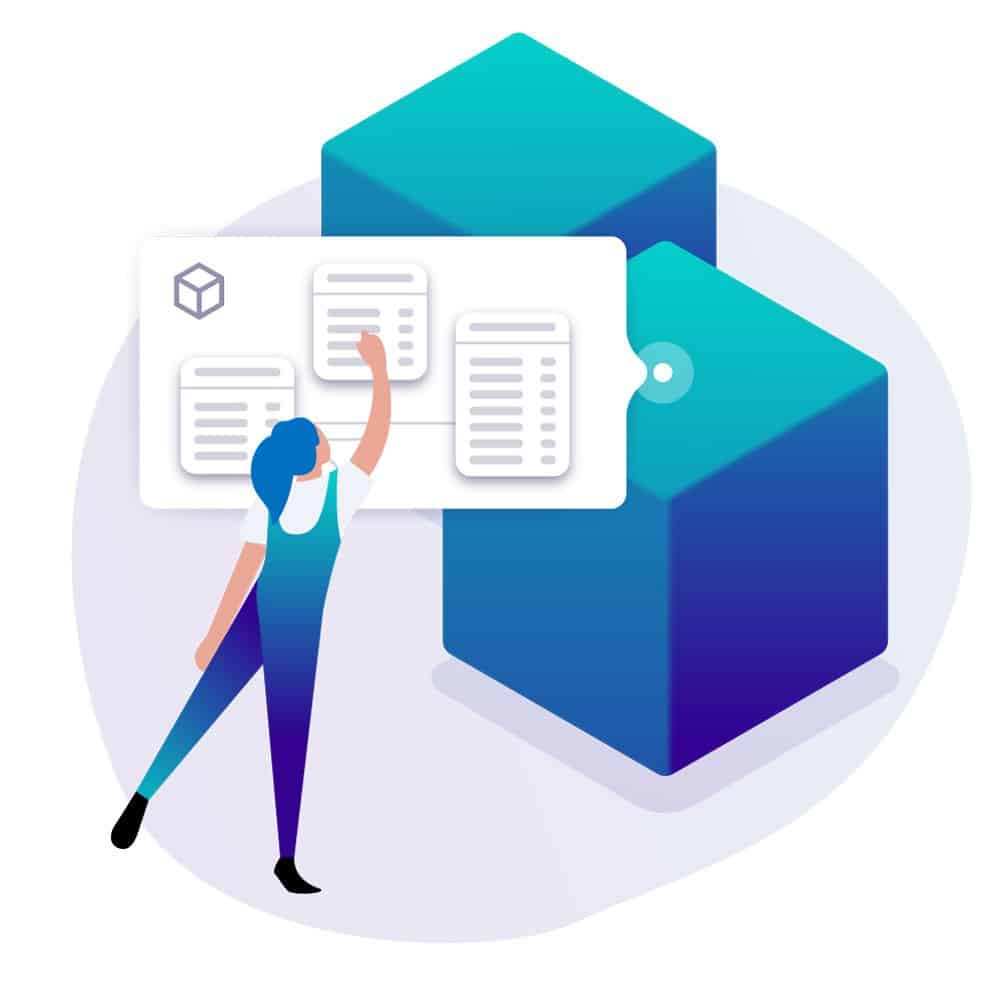
Help Data Scientist seek and find the best data sets
————————
Data relevance is essential to feed correctly algorithms and reports.
With DataGalaxy, data is indexed and contextualized from column to business term. Your Data Scientist and BI Analyst can navigate through the available datasets and understand their context due to the metadata.
If in doubt, you can easily find the owner of the business or technical data with the object map and collaborate with them directly in the platform using our social engine. Comments and tasks are the best way to interact and keep track of these interactions!
And to top it all off, you can switch from a technical view to a business view using our toggle! Common comprehension between business and technical users is at your finger tips.
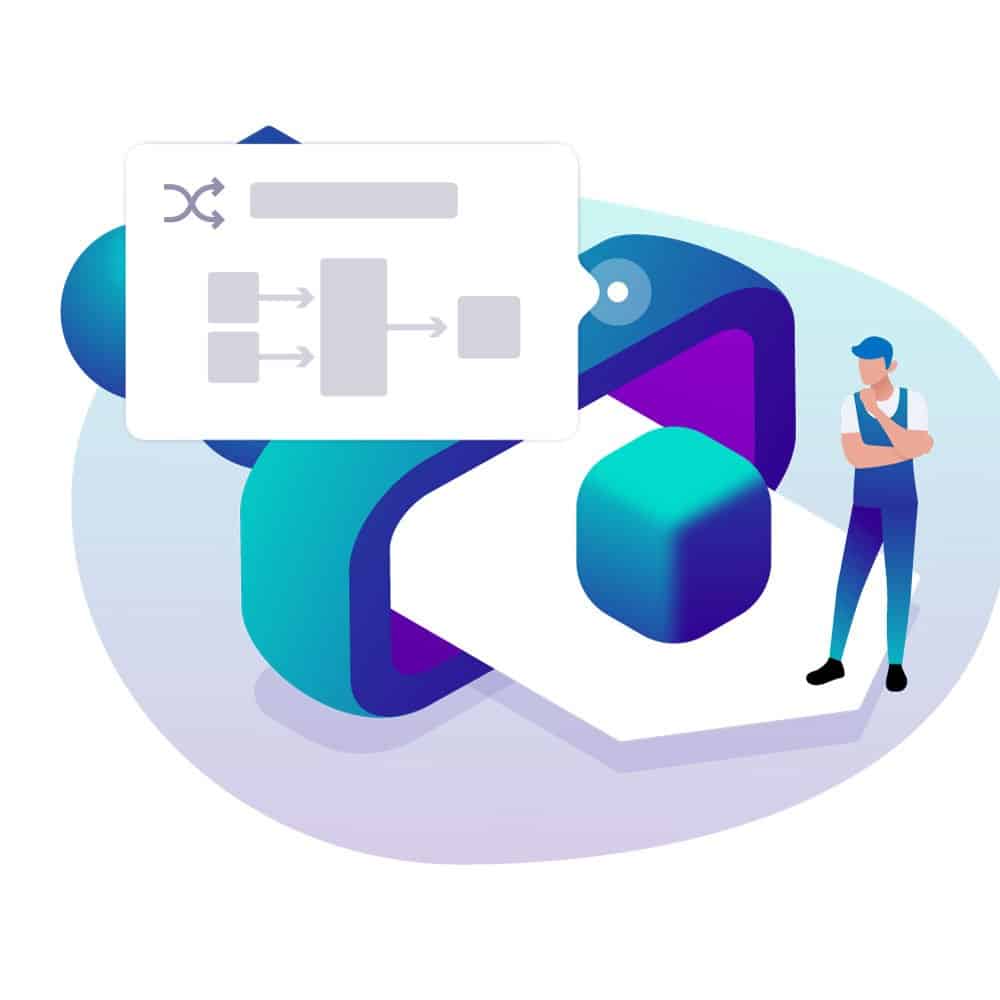
Make your data model accessible and manage the change!
————————
You have identified all your data sources. Your next challenge is to document your data model…
DataGalaxy has a powerful built-in charting engine! Use it to create and maintain the data model: you manage all relevant information from columns to foreign keys and comments. Use it to make your data models available in real time to users, both technical and business, thanks to our switch!
With this diagram, you have a panoramic view of your tables and their links, so you can easily understand the impact of a change.

Find relevant information
————————
How much time is spent by a system administrator to understand the business context of it’s column? Way too much!
Which functional users never dreamt of easily finding the data sources linked to business terms? None!
Search your data by keywords… but also by tags, ownership or data domains!
Our search engine will retrieve the best matches! if not results can be refined and filtered & the results page can be customised. Not sure which results to explore? analyse the object without leaving the results page thanks to our overview. Found the perfect match? directly access the exploration to understand it’s context!

Discover the DataCatalogue 360° modules
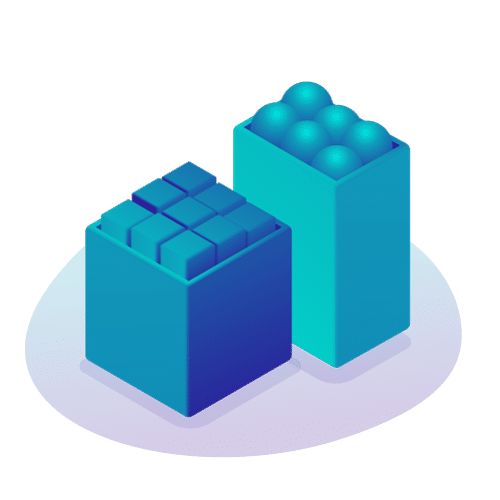
Data Catalog
Inventory your data sources, SQL or NoSQL and easily display your new data models
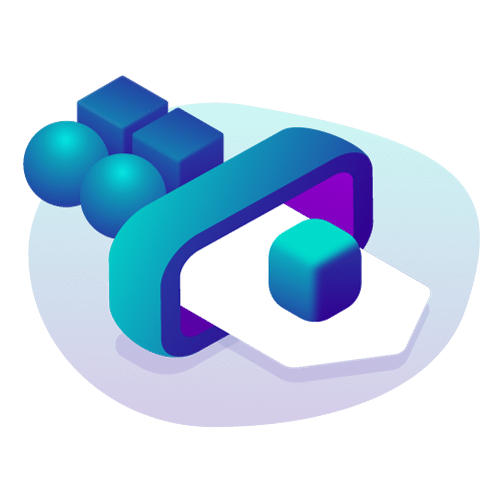
Processing Catalog
Map your data processing and never loose control on how your data assets are transformed
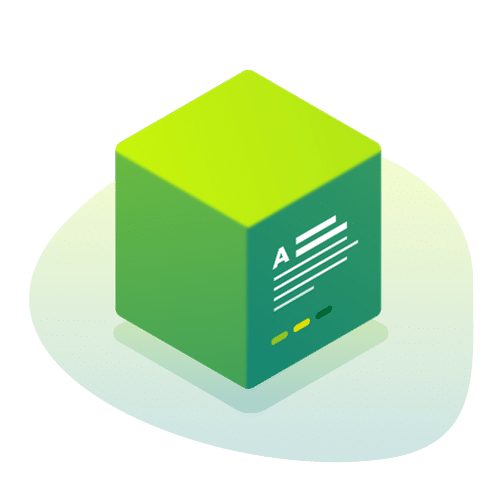
Business Glossary
Give sense to your data to increase and value your business landscape knowledge
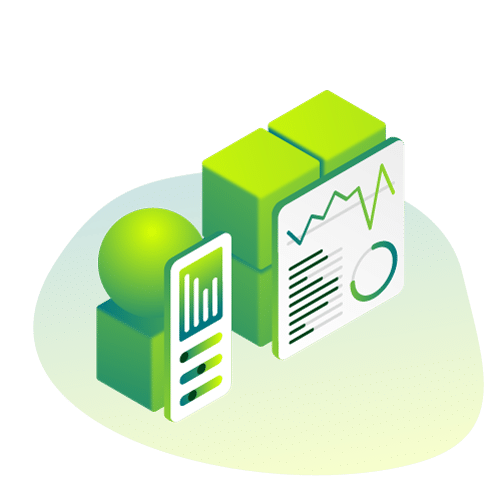
Usage Catalog
Catalogue your data usage to increase business and technical data consumption awareness
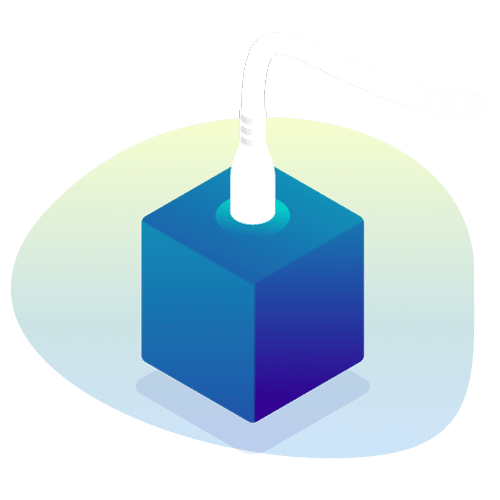
DataGalaxy Connectors
Connect DataGalaxy to any DataManagement tool and retrieve within few clicks a dynamic mapping of your technical metadata, Data processing and usages.
